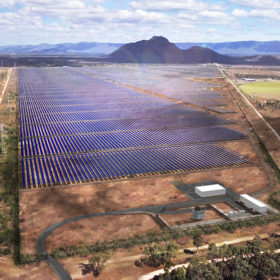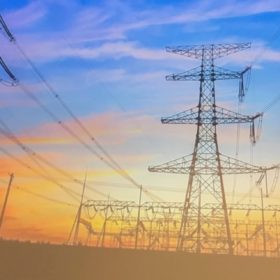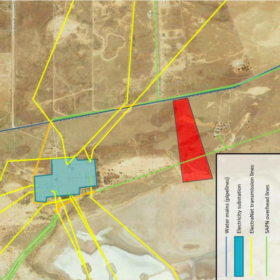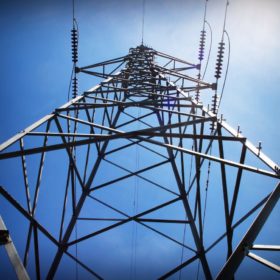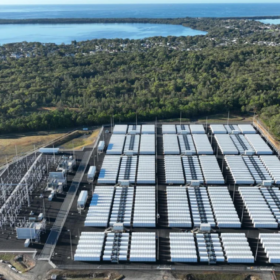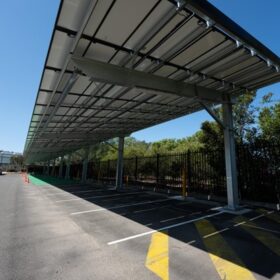WA coal generator undercut by rooftop solar boom
Western Australia’s government has announced two units at Synergy’s Muja Power Station will be retired from October 2022. The state government said the coal-fired units were only being used about 35% of the time thanks largely to rooftop solar reducing demand on the grid.
Kennedy solar-wind-battery park switched on following grid connection delay
Australian renewables developer Windlab has connected and energized its landmark energy park in north Queensland, comprising 43 MW of wind, 18 MW of solar and a 4 MWh battery.
Empowering consumers: Wattwatchers aims to harness data to make PV pay
Wattwatchers provides consumers with real-time electricity data that allows them to tailor their electricity use to make best use of their rooftop solar power. Consumer rights to energy data is crucial to a successful future grid with high penetration of DER, says Wattwatchers’ MD Gavin Dietz.
ESCO Pacific’s 70 MW NSW solar project gets connection go-ahead
The Australian utility-scale solar developer has reached the final development milestone on a solar and battery project near West Wyalong in the Riverina region.
Australia’s state of virtual power play
With around 16 battery-based virtual-power-plant projects either in progress or planned across six states, Australia is demonstrating the potential of distributed energy resources to the world. An Australian Clean Energy Summit panel last week caught up on progress and potholes on the road to energy’s new two-way street.
Clean Energy Summit tackles transmission for transition at the heart of the NEM
Matthew Kean, NSW Government Minister for Energy and Environment opened the Clean Energy Summit 2019 this week promising to unleash private investment on the state’s transmission infrastructure, but will the mechanism, the momentum and the maths add up to the coal-retirement timeline?
100 MW Playford battery gets go-ahead to complement Cultana Solar Farm
Simec Zen Energy’s landmark 1 GW dispatchable renewable energy initiative has moved forward with the development approval for the 100MW/100MWh Playford Utility Battery project located near Port Augusta. The facility will provide the necessary frequency control and grid stability requirements for the 280 MW Cultana Solar Farm
Rule change to enhance transparency of new projects and ease grid congestion
With more than 50 GW of new wind and solar projects in the development pipeline, the Australian Energy Market Commission is looking to give developers more detailed and up-to-date information about new generation projects. The new draft rule may help businesses make better investment decisions on where to locate new generators and assess project viability.
Grid-scale thermal energy storage to power SmartFarm development
Adelaide-based energy storage specialist 1414 Degrees has partnered with technical, agribusiness and finance partners including sustainable horticulture company, Nectar Farms to identify and develop projects using its thermal energy storage solution.
Jemena gearing up to make NSW gas network greener in five-year trial
Energy infrastructure company Jemena has confirmed the purchase of New South Wales’ first electrolyser which will utilise renewable energy to produce green gas for cooking, heating and hot water in homes and businesses.



